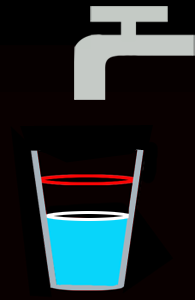 Overcoming pain and frustration is part of life. However, there are pains to push-through but there are also “bad” pains to stop and treat immediately. Some “hurts” heal over time but some require intervention. Knowing which-is-what is one of the reasons why you should work closely with a coach / instructor. Retired athletes can also share things-they-wish-they-knew too. 🙂
Overcoming pain and frustration is part of life. However, there are pains to push-through but there are also “bad” pains to stop and treat immediately. Some “hurts” heal over time but some require intervention. Knowing which-is-what is one of the reasons why you should work closely with a coach / instructor. Retired athletes can also share things-they-wish-they-knew too. 🙂
On the mental side, condition your ego so that it doesn’t get bruised easily – learn to accept who you are, your current limitations and you will learn faster, become a better friend and partner, and as a consequence, a better fighter and person.
Oversensitivity triggers overreaction – this applies beyond just “impact / pain” training. The right type of desensitization training is valuable to help deal with every-day’s pressure, handling of stress, criticism, negativity, fear, anxiety, frustration, and more. The ability to filter out irrelevant stimulus at the appropriate time is what we are after. Do learn (and practice) to anticipate, recognize/reduce and manage.
Exercise –
– If the red-line represents your pain threshold, do a brainstorm on all possible alternatives as inspired by the diagram. Do it in short list form.
– How can you apply the discussion on the topic productively in combat and in training?
– Have you heard of a rare genetic disease “Feel no pain”? Read up on it to see why recognizing pain is necessary.
– What do you think is the next logical topic after “De-sensitization”?

Comments are closed.